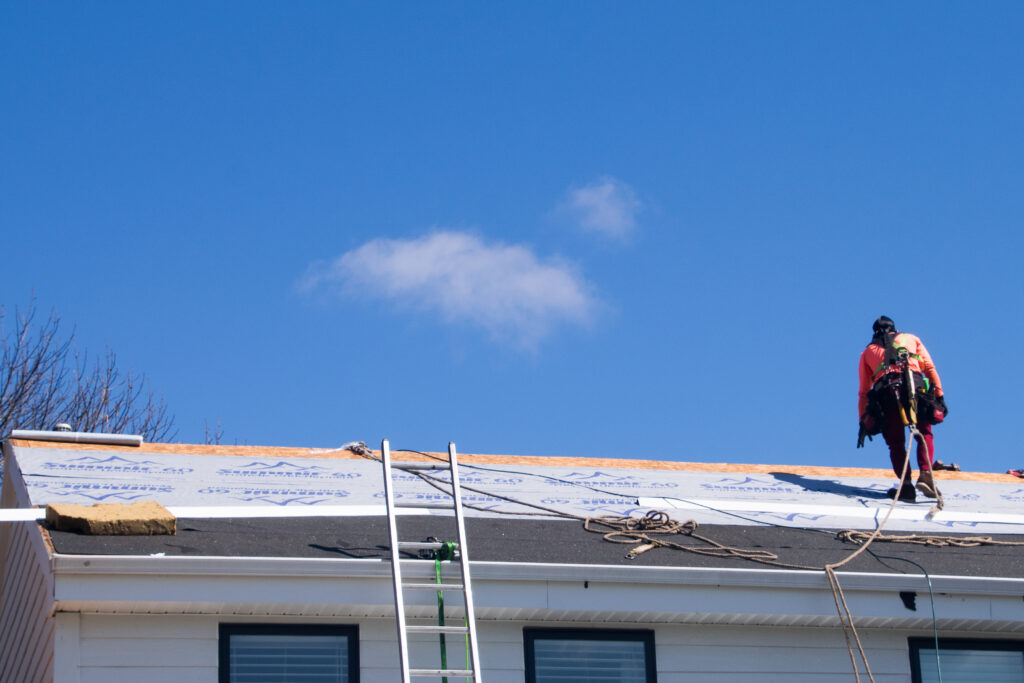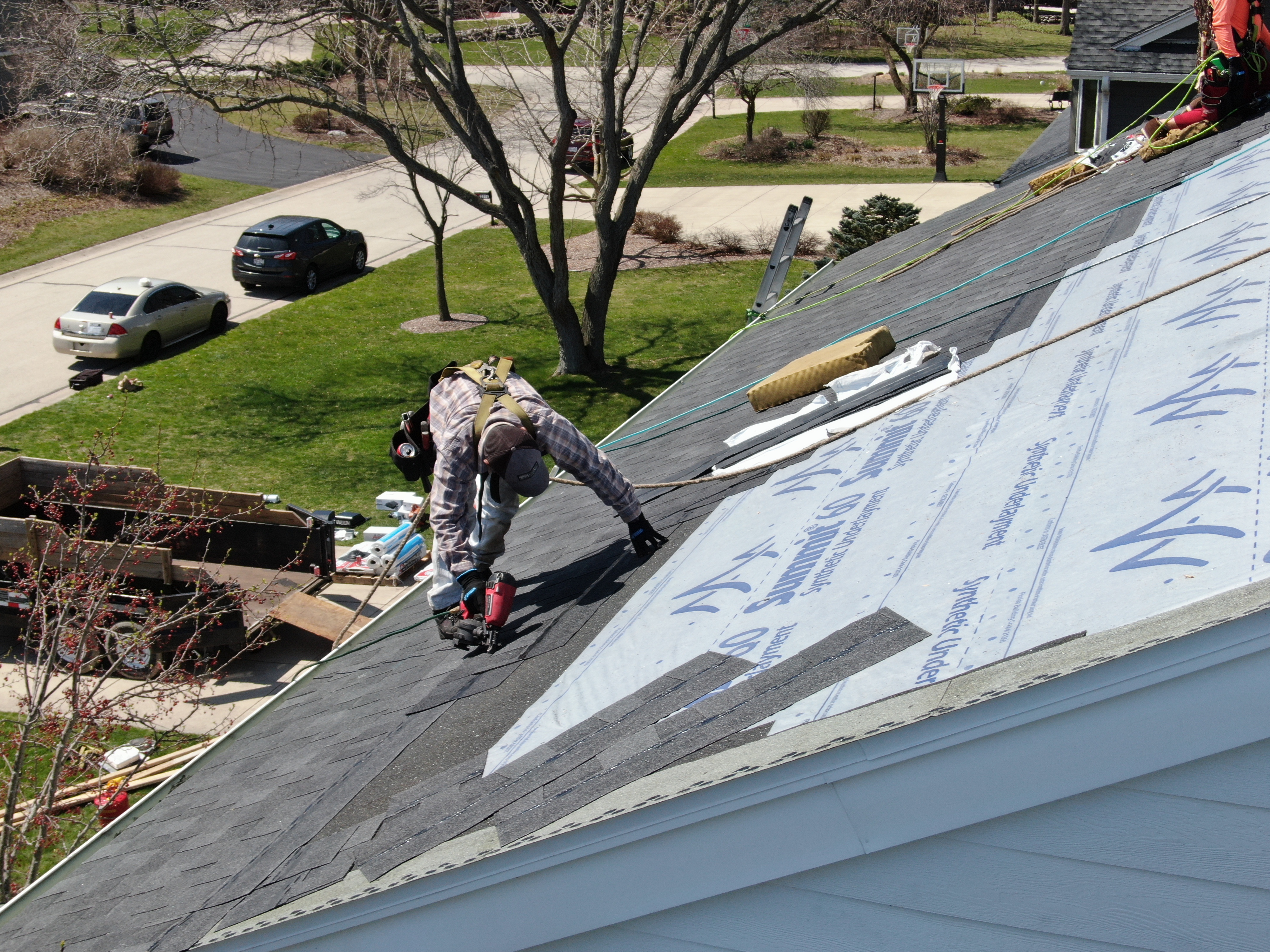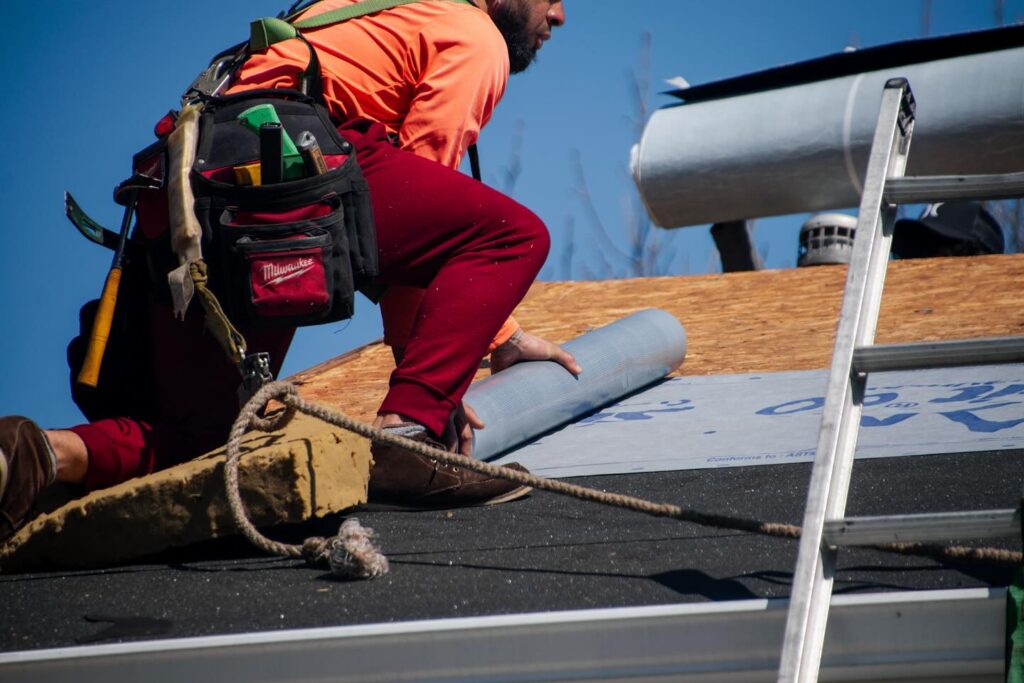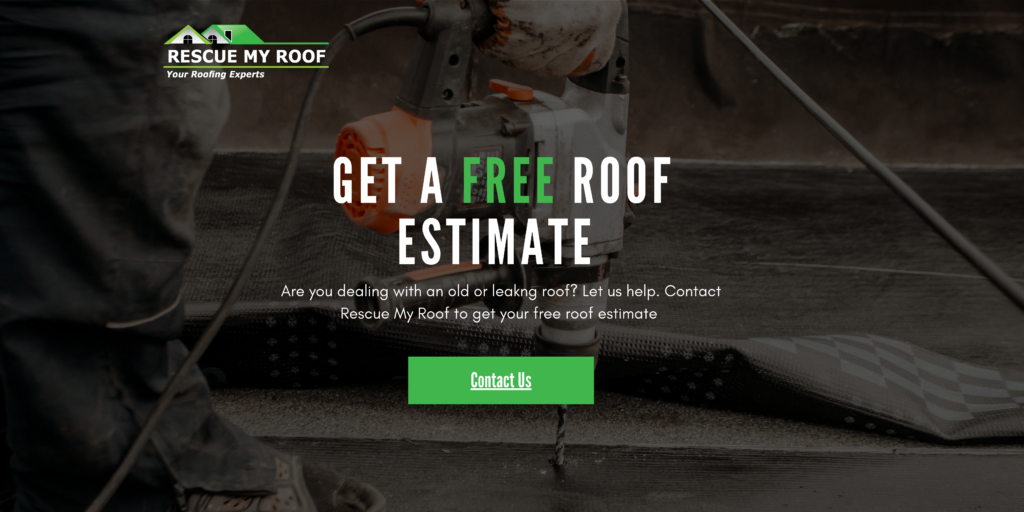What is a Roof Underlayment?
Purchasing a new roof is a big step for a homeowner. Not only is it a significant financial investment, but it can also be a very hands-on process. You have to choose a contractor, warranties, materials, and more.
While every homeowner anticipates choosing a shingle style, you may not know that there are other essential parts of a roof. Shingles, decking, flashings, and underlayment are all essential parts of a roofing system that make it efficient and effective.
The roofing jargon can be confusing, and we’re here to help. Rescue My Roof has served southeastern Wisconsin for over a decade, helping educate homeowners through roof replacement.
Today, we’re extending that roofing education to you. This article will teach you everything you need to know about roof underlayment. In the end, you’ll be able to make the most educated decisions for your home.
What is Roofing Underlayment?

Roofing underlayment is laid on your deck’s surface before your roofing system’s installation. Depending on the manufacturer and type, they look like pieces of asphalt-saturated felt or other materials. However, the underlayment will not be visible when the roof is finished.
Underlayment provides an extra layer of protection for your home. Many roof types have seams and penetrations, which is why extra materials like underlayment help ensure your roof is water-tight.
There are several types of underlayment, each with varying degrees of durability and quality. Here’s what you need to know about the different types of roof underlayment:
The Three Types of Roof Underlayment
Each type of underlayment serves a purpose, but together they help best protect your home from water damage.
There are three types of underlayment: Ice and Water shield, synthetic felt, and asphalt-saturated felt.
Ice and Water Shield

An ice and water shield protects your home from water that gets underneath your shingles.
The ice and water shield is laid at strategic points in your roof, including the edges (eaves), valleys, and penetrations.
When it is laid at the roof’s eaves, it is laid 30 inches into the heated space of your home. When ice dams build up, this extra protection will ensure your home is safe even when ice freezes underneath your shingles.
Synthetic Felt

Synthetic felt is made from long-lasting polymers, making it highly durable. This underlayment is moisture resistant and offers the best protection from the weather.
The felt is tough, fast to install, and repels water. Once installed on your roof, should the roof replacement stall due to weather, it can protect your home from rain and snow for up to 60 days.
Asphalt-Saturated Felt
Asphalt-Saturated Felt has been a popular product in the roofing industry for decades. Made from organic or fiberglass substrate, the felt is saturated in crude oil byproducts enough to make it water-resistant.
It is available in two thicknesses: 15 pounds or 30 pounds. The 30-pound felt is more durable as it is more resistant to damage during installation.
Asphalt-Saturated Felt is easy to install, cost-effective, and approved by many local roofing codes.
Do Homeowners Choose What Underlayment to Use?
In most cases a homeowner doesn’t choose which underlayment is installed.
When a homeowner chooses a roofing contractor, that contractor uses a specific manufacturer for their shingles and other materials. To qualify for the best manufacturer’s warranty, the same brand of underlayment must be used.
If you’ve done your due diligence and want to use shingles from one brand and underlayment from another, you might be forfeiting the manufacturer’s warranty that protects your home. Check the manufacturer’s policy to see what they will and won’t cover.
What Happens to the Underlayment Over Time?
Like your roof’s shingles, underlayment experiences wear and tear over time.
Felt underlayment becomes brittle and will need to be replaced along with your roof when the time comes.
Ice and water shield typically last the life of the roof and will be replaced along with other underlayments and shingles when a roof replacement occurs.
Do You Need a Roof Underlayment Replacement?
If you need an overall roof replacement, you will also need an underlayment replacement, as it’s unwise to reuse the existing products.
Have you noticed the signs that you need a new roof but aren’t ready to take the plunge? Check out “Price of an Asphalt Roof in 2022” and “The Top 5 Problems With Asphalt Roofs” to learn more.
If you’re ready to Rescue your roof, you’re in the right place. Contact Rescue My Roof today to schedule your free, fast, and honest roof evaluation.


